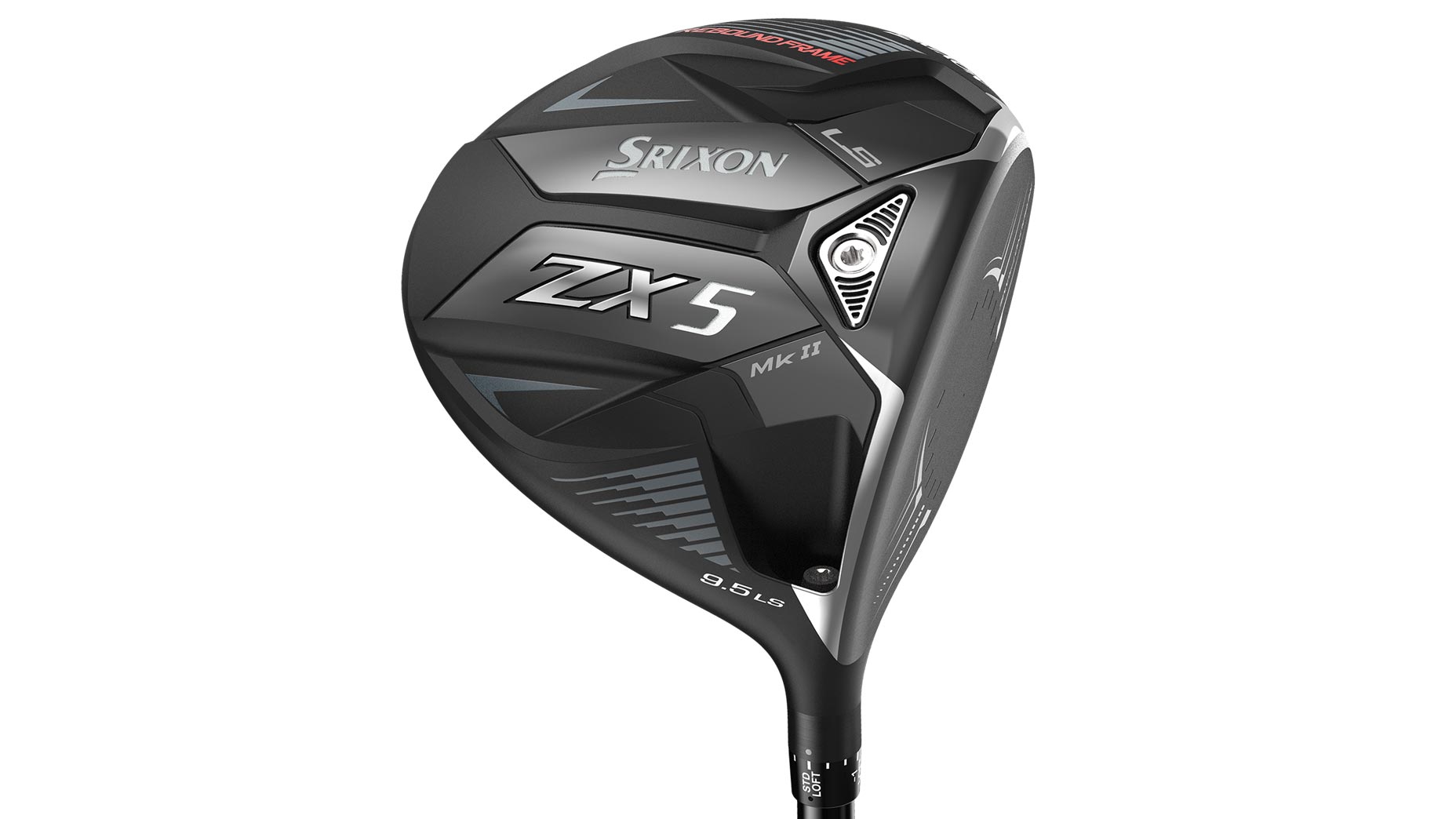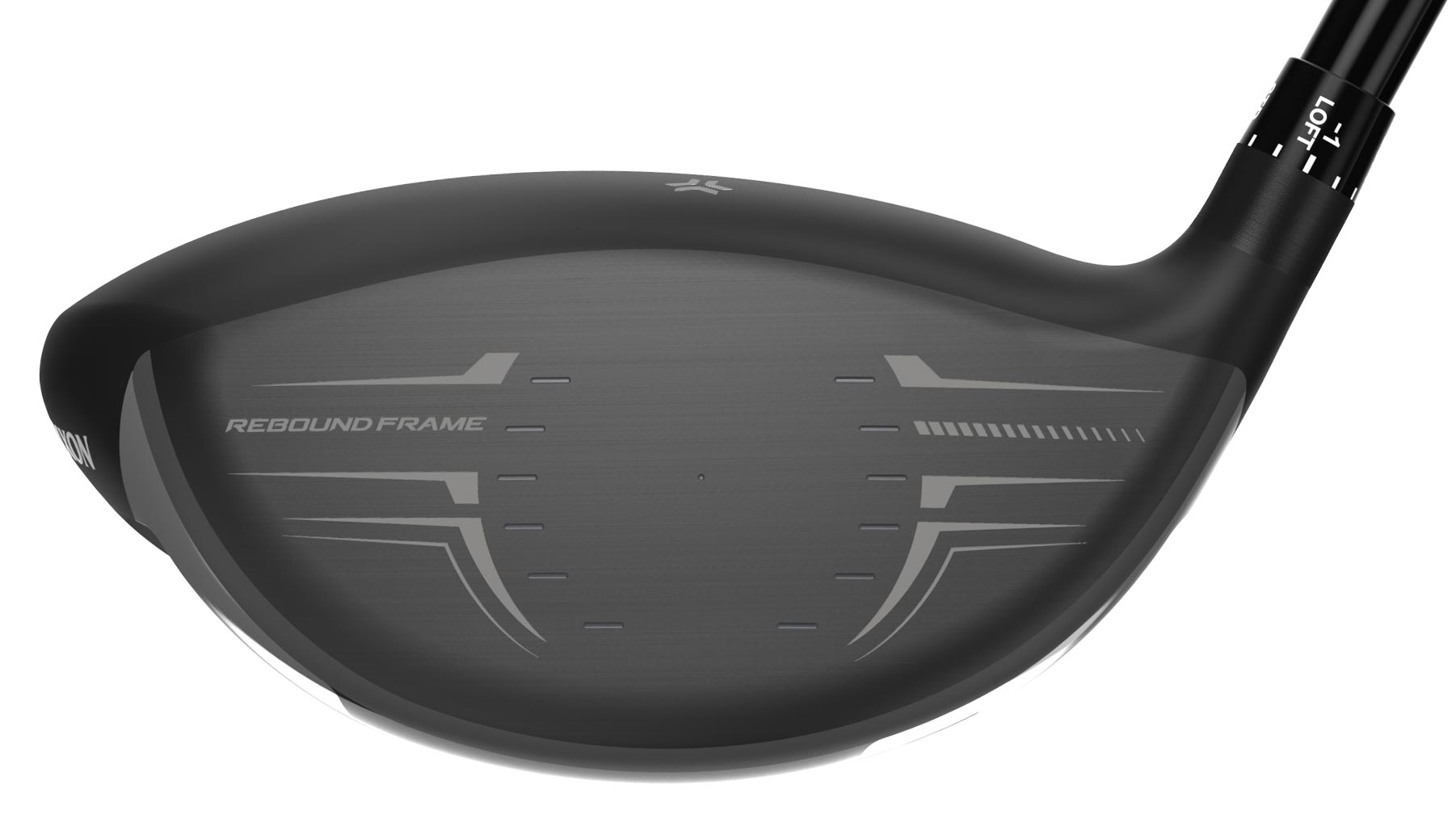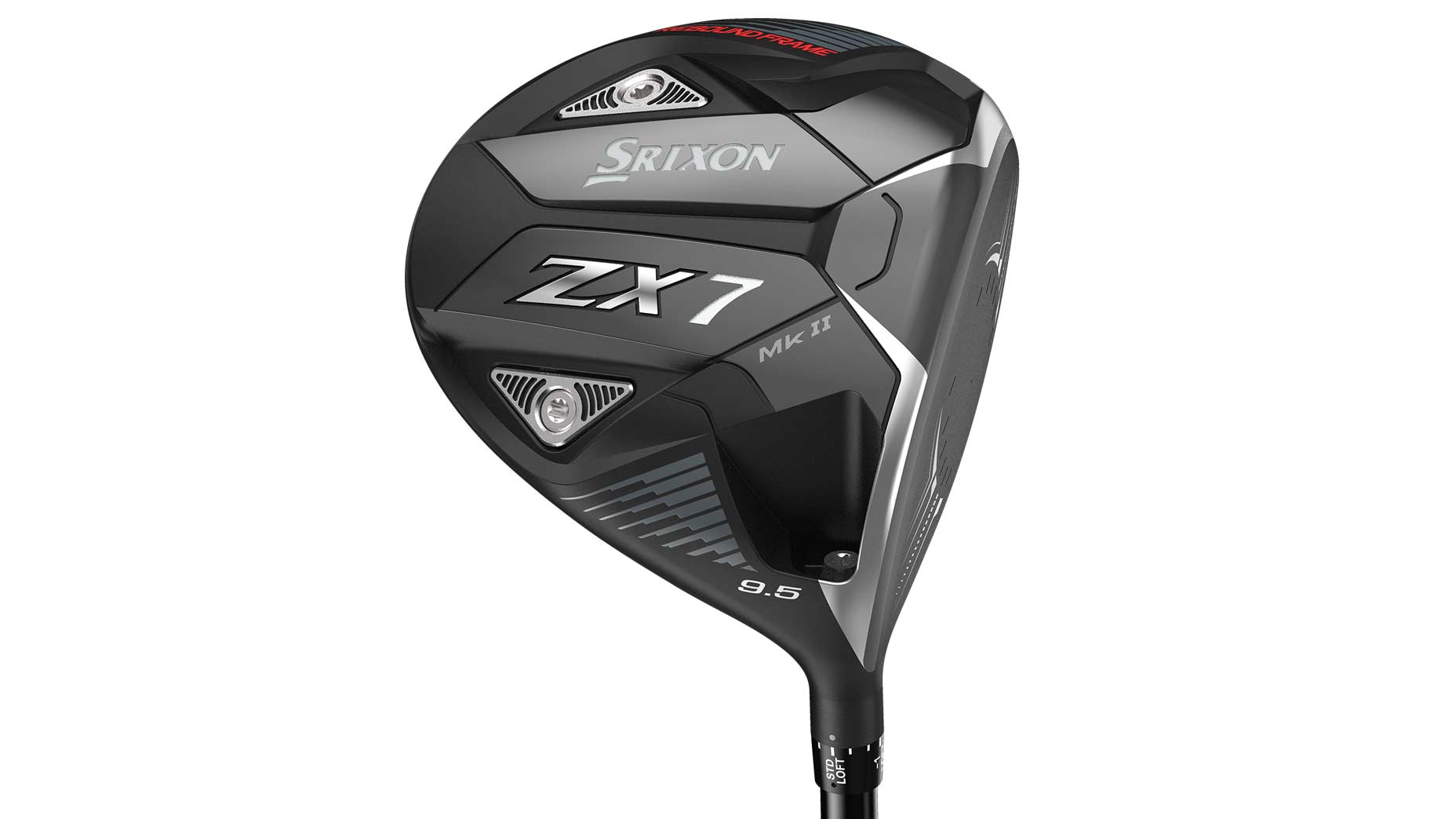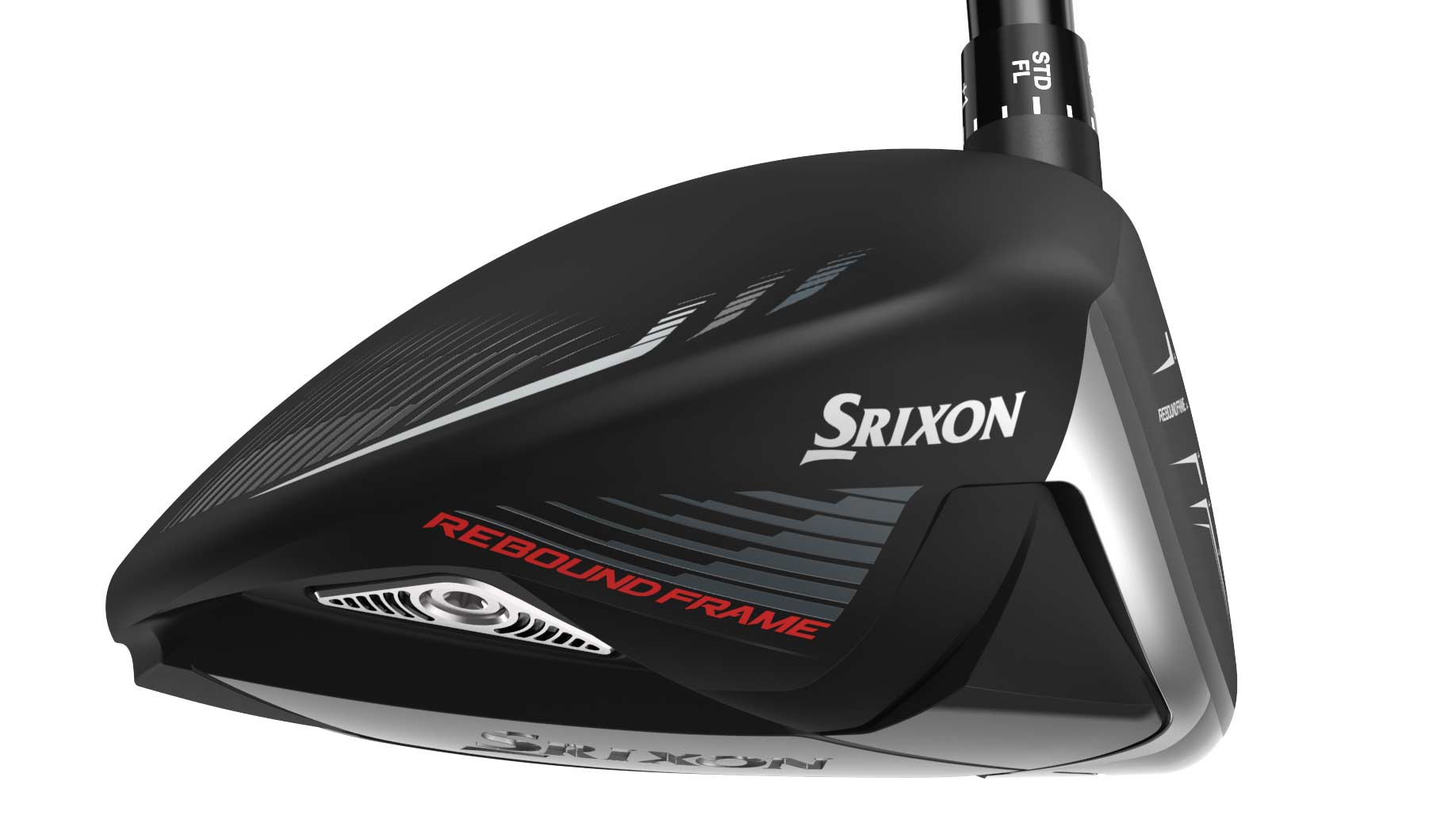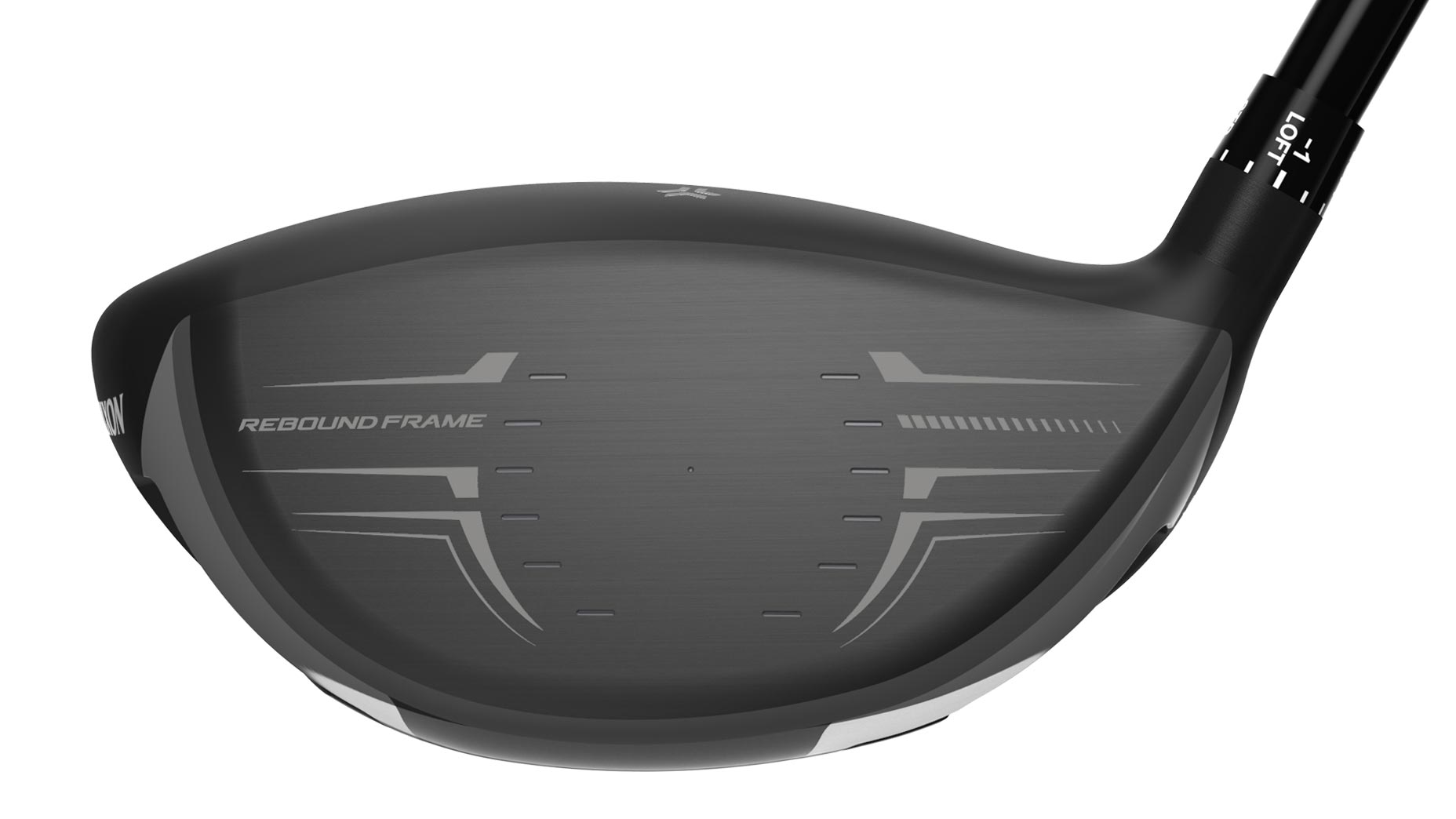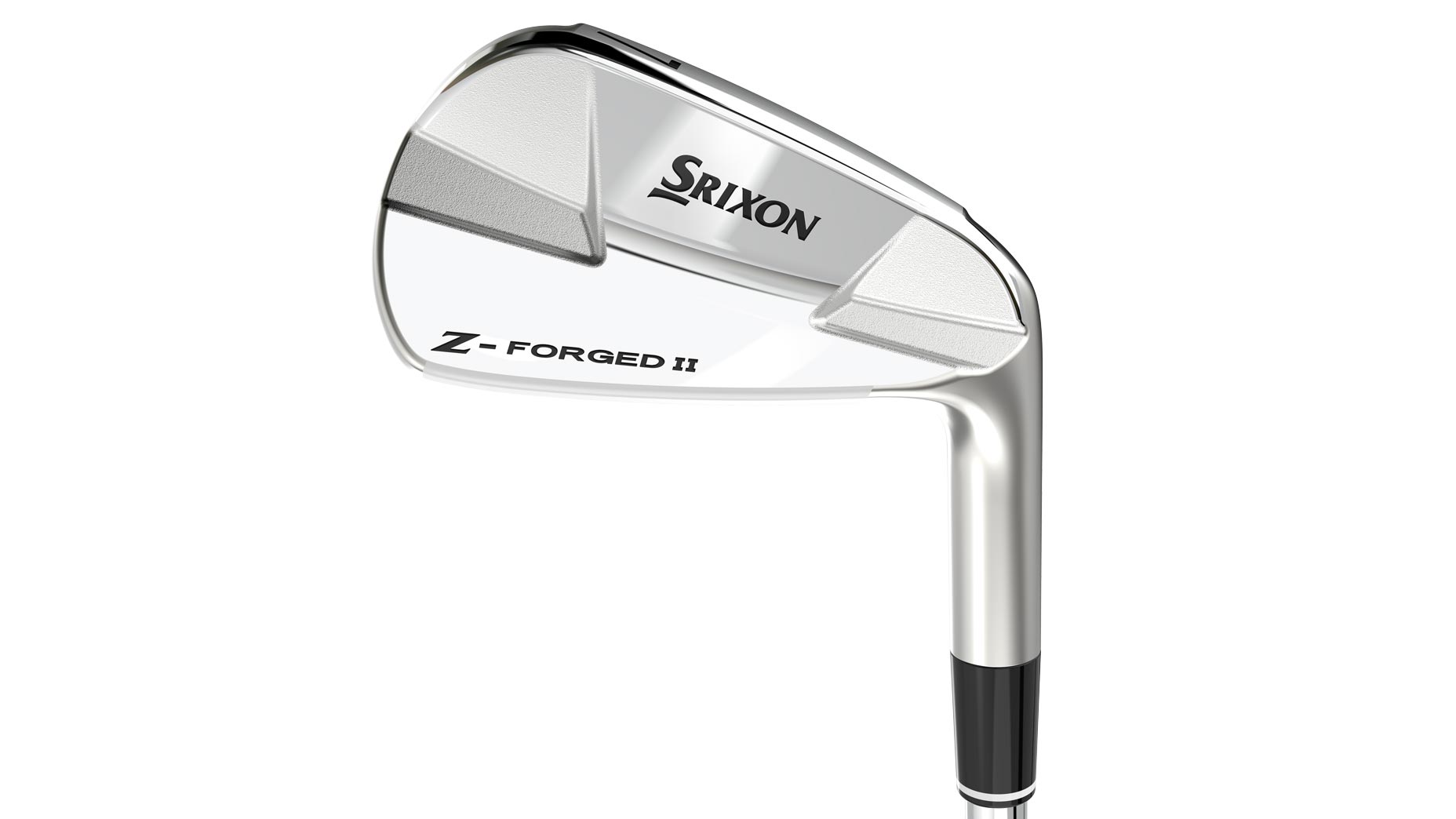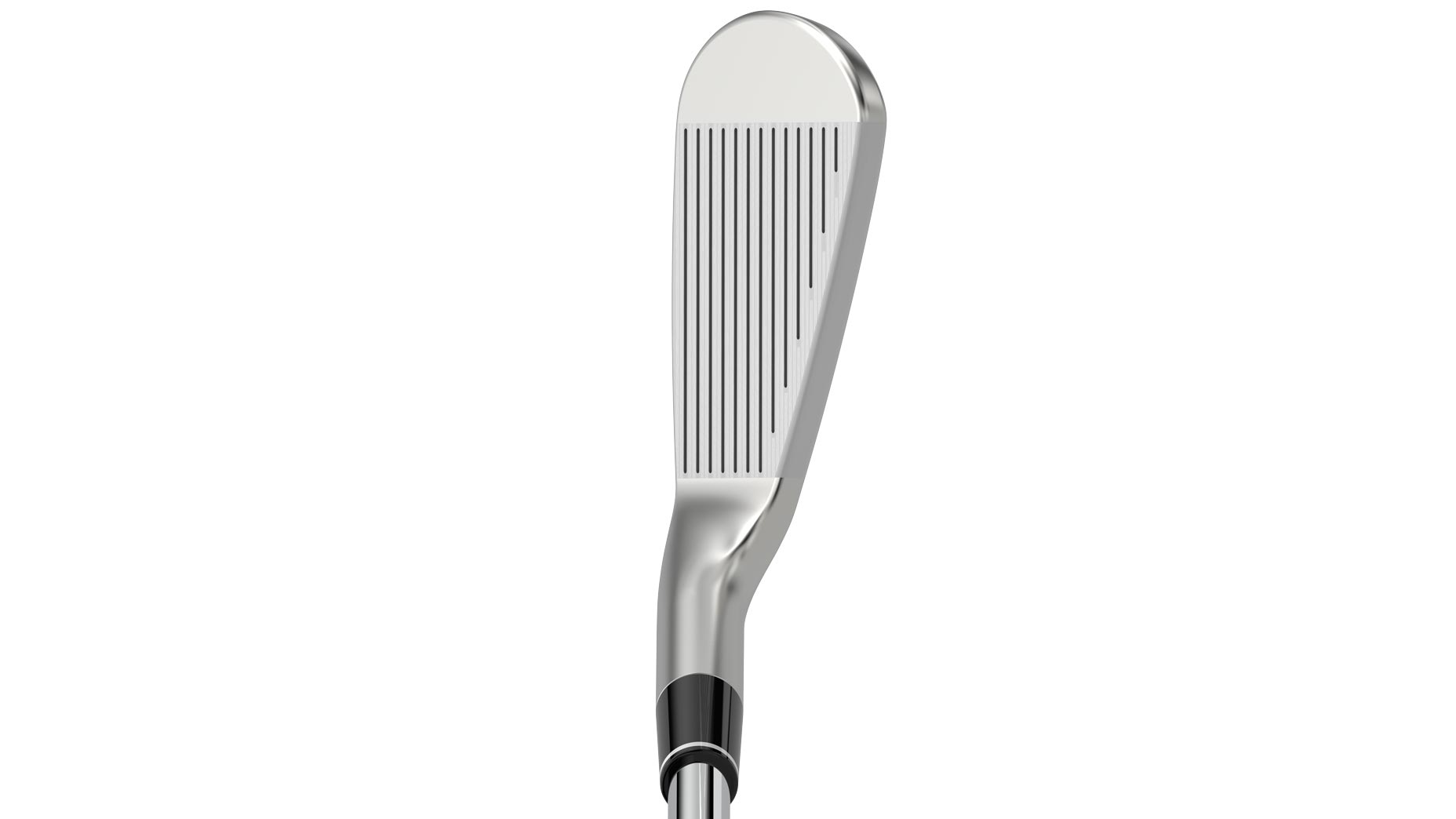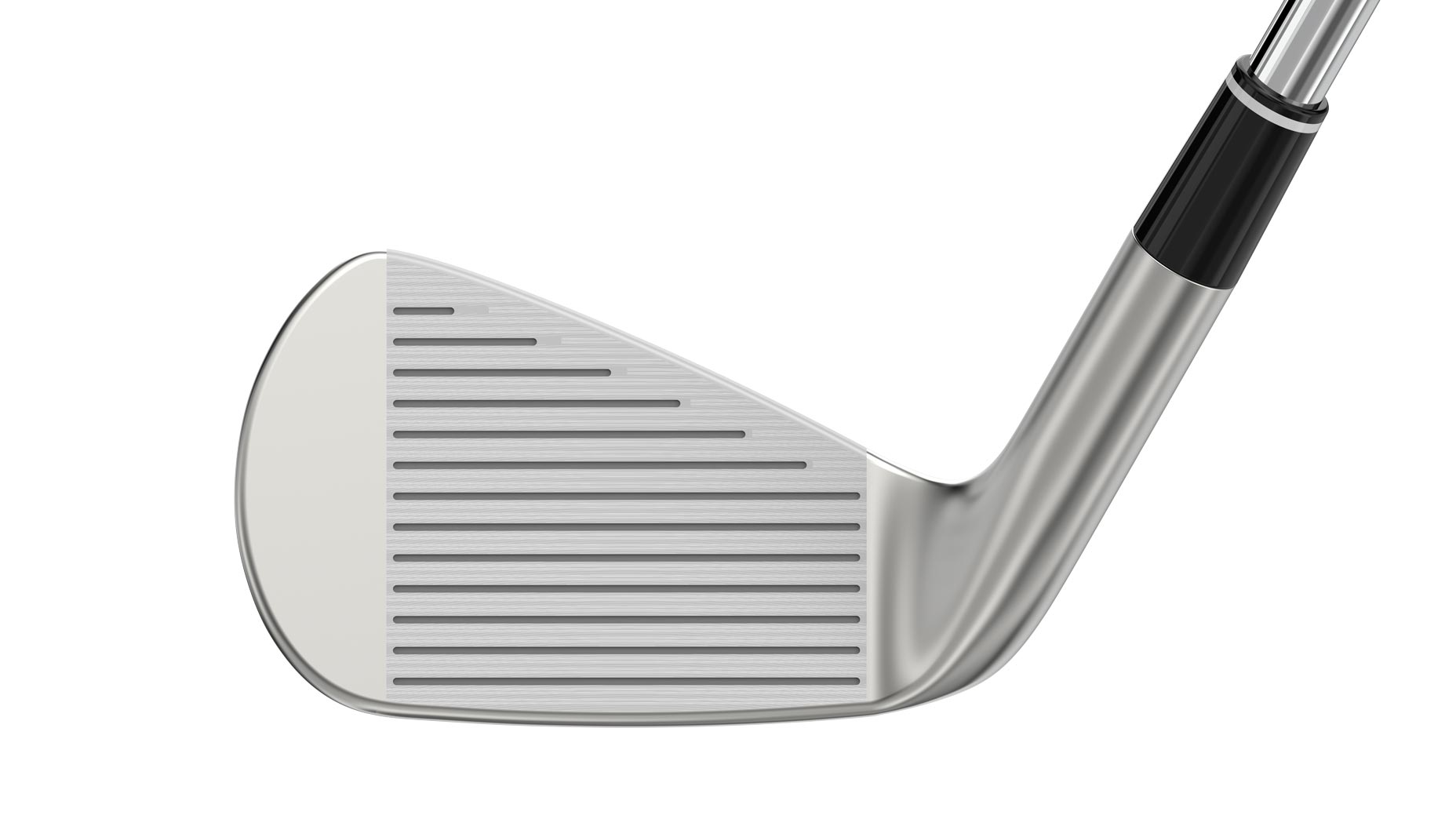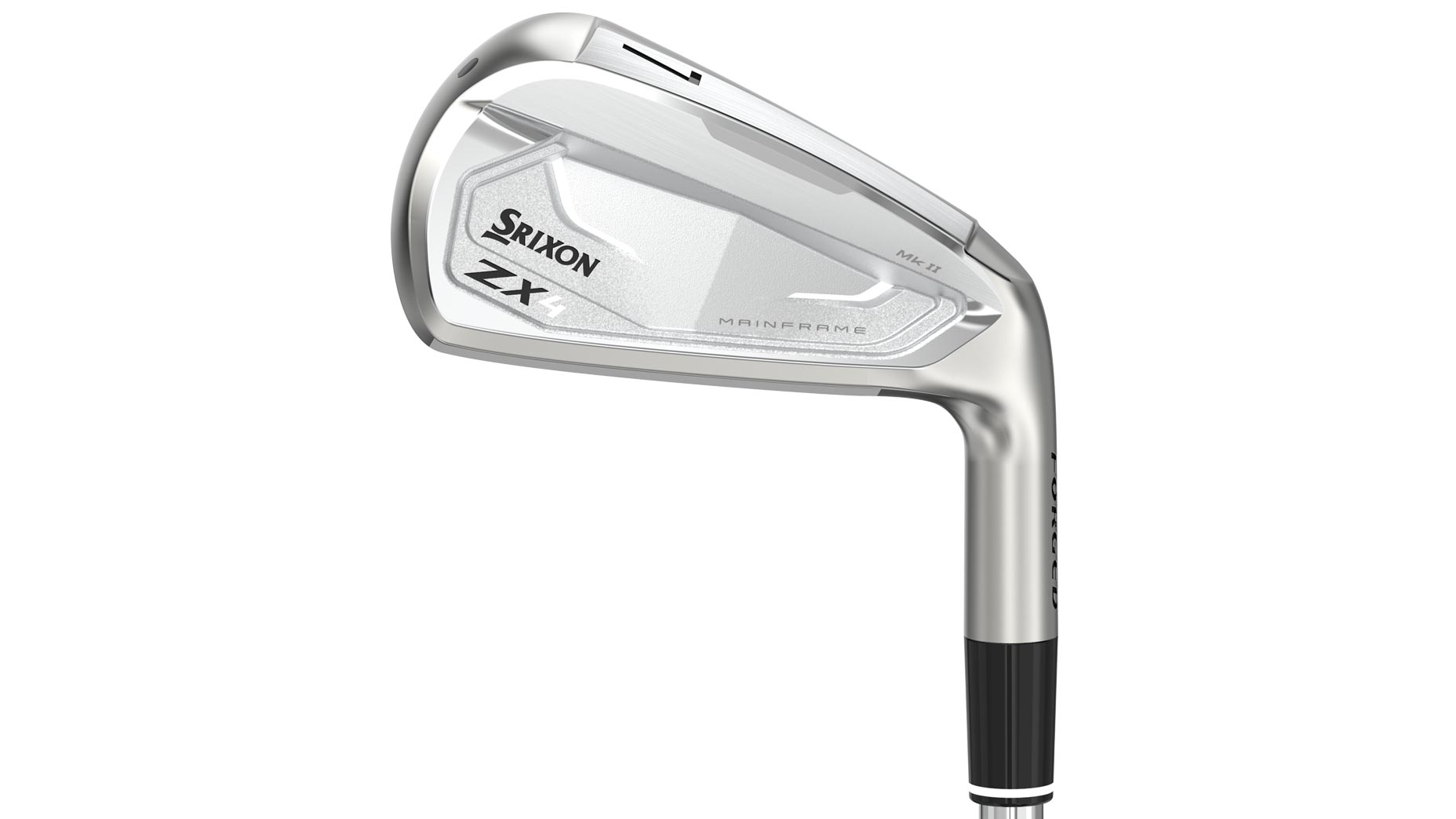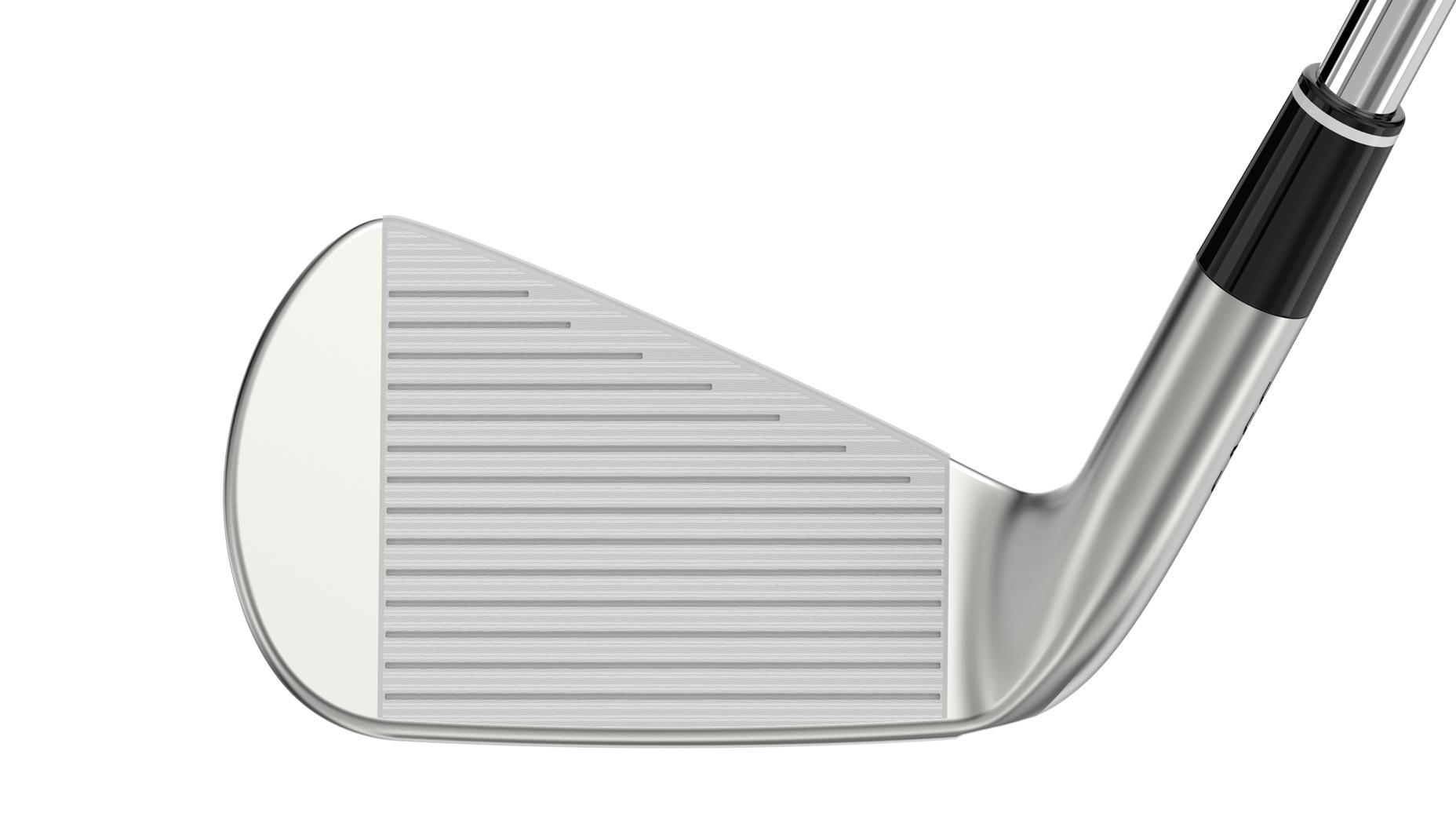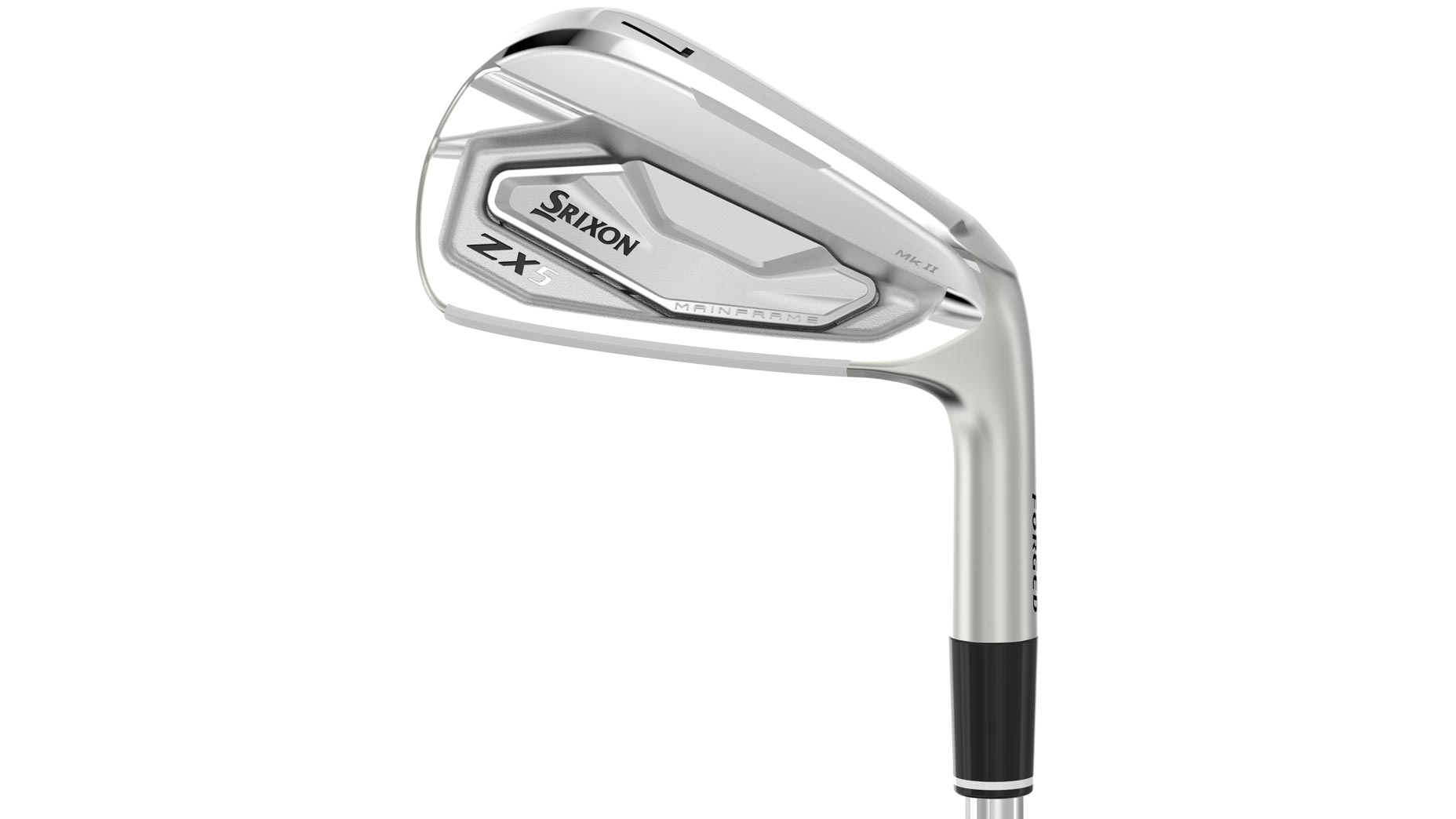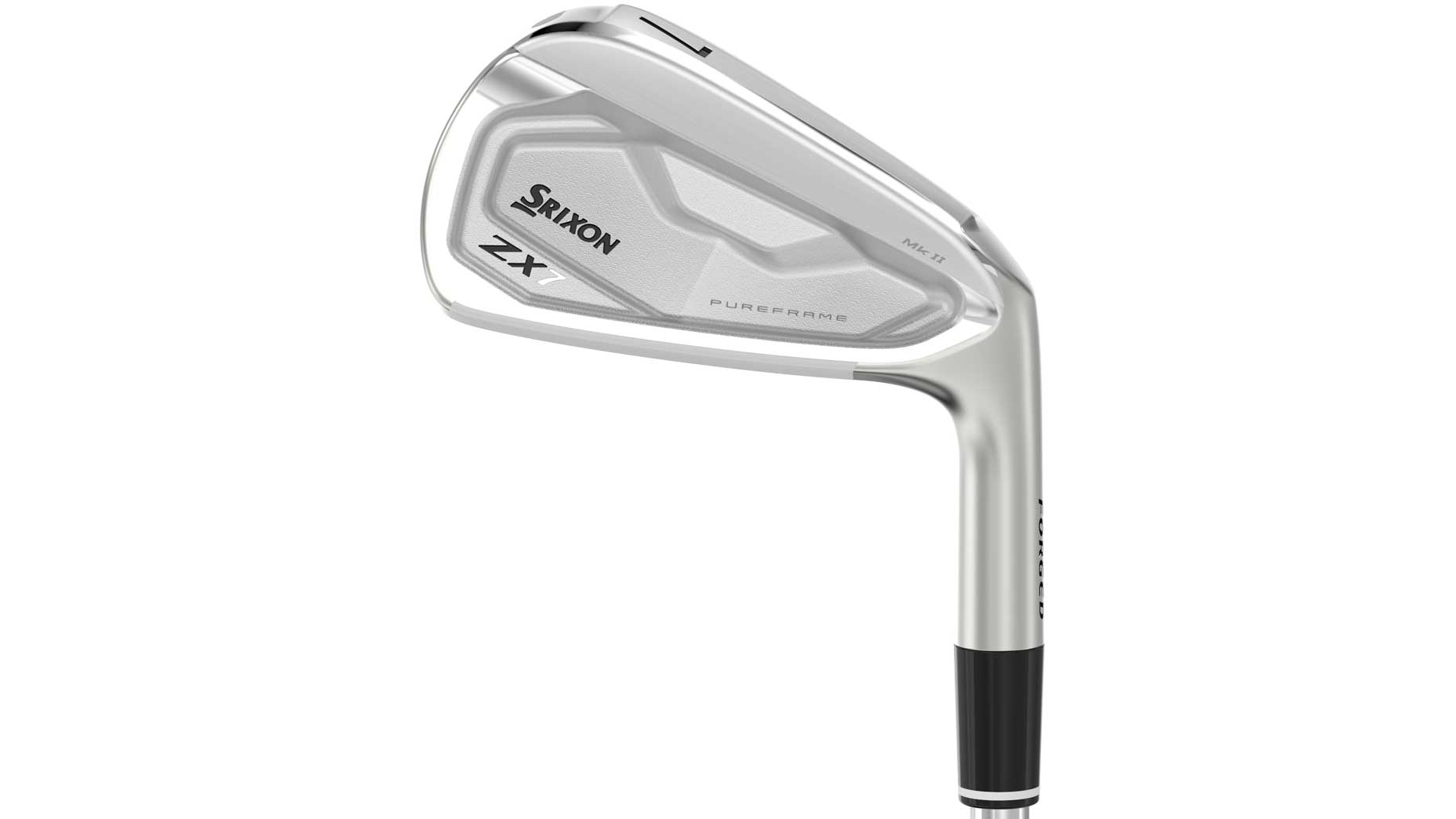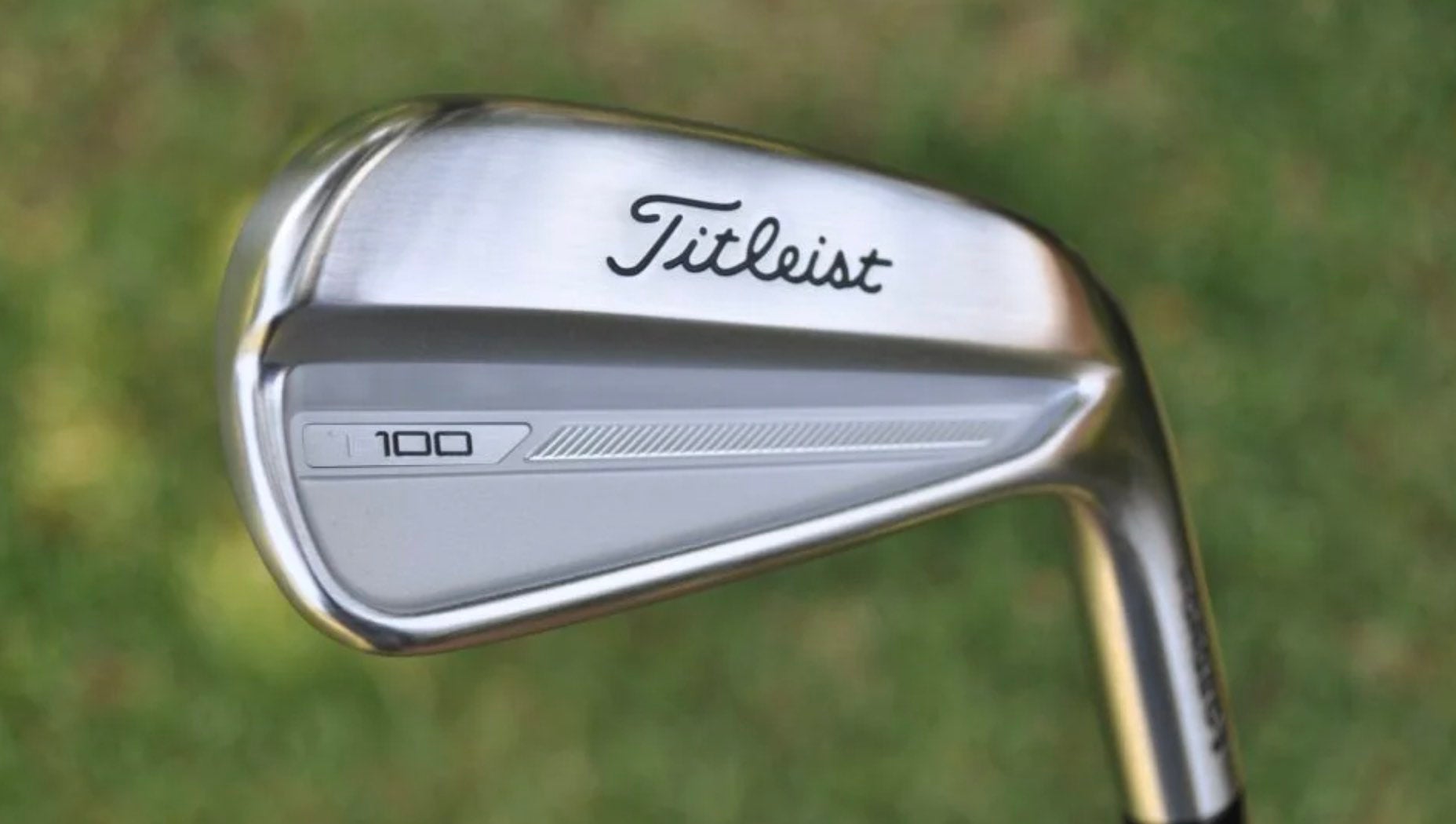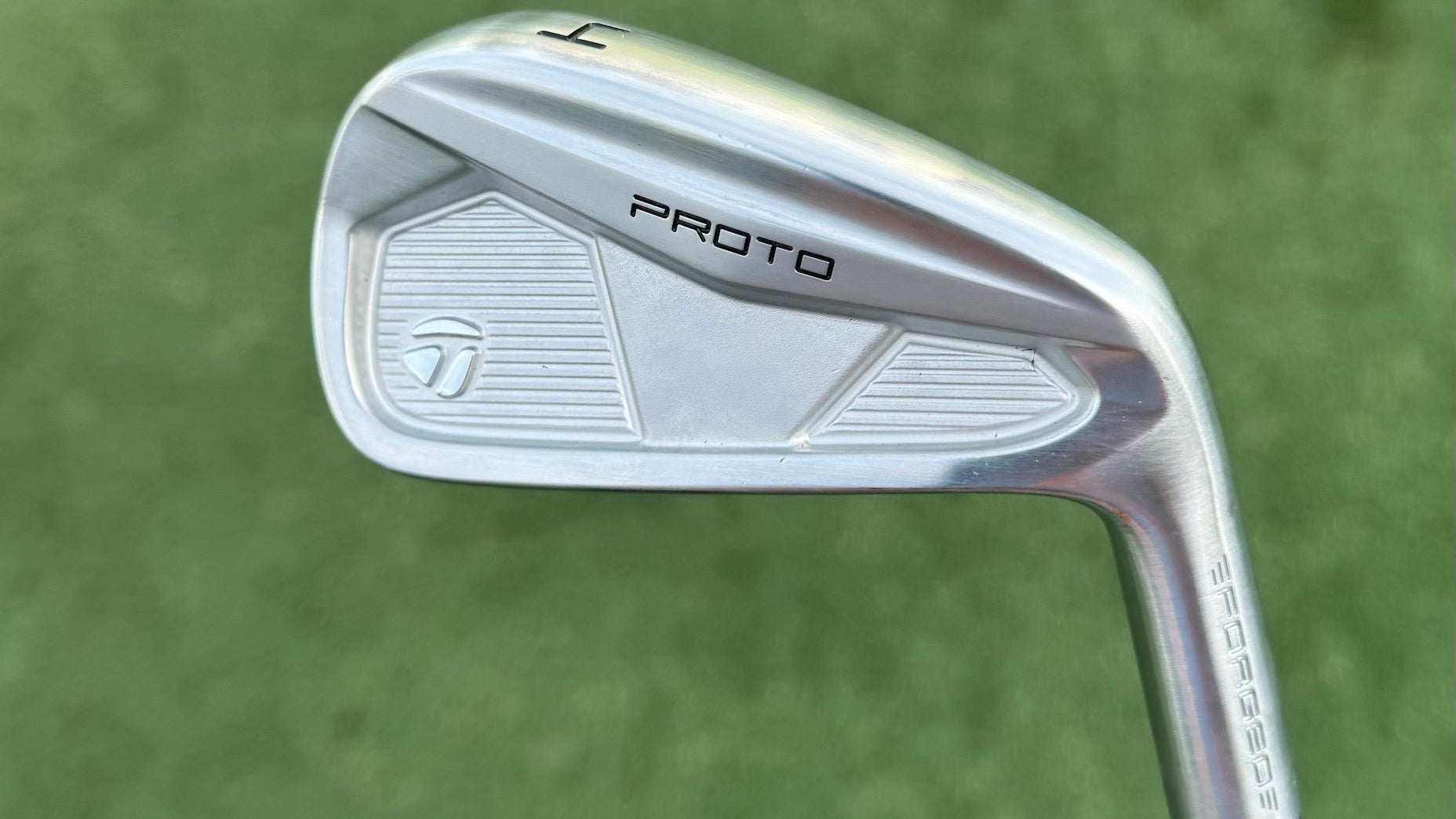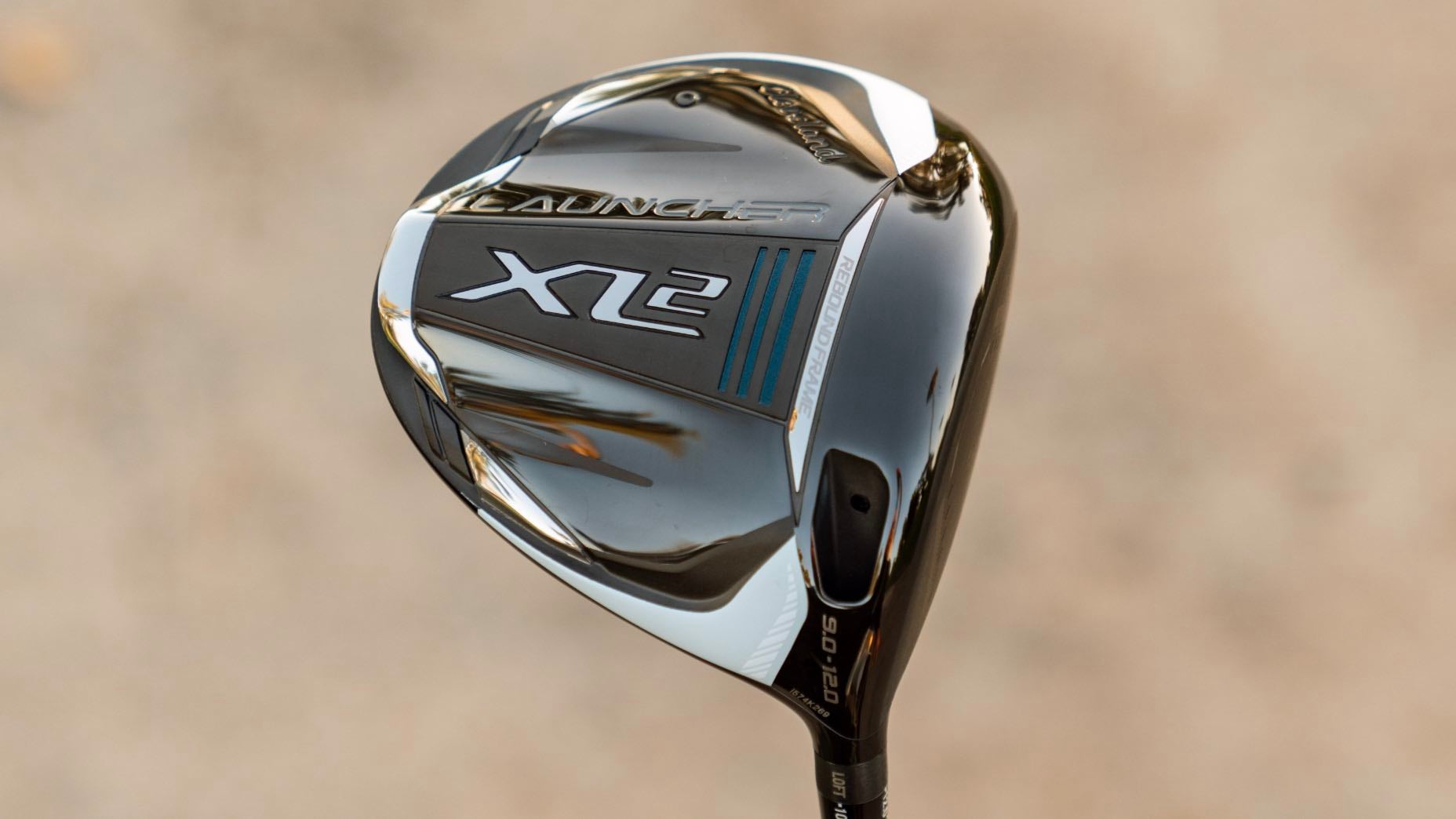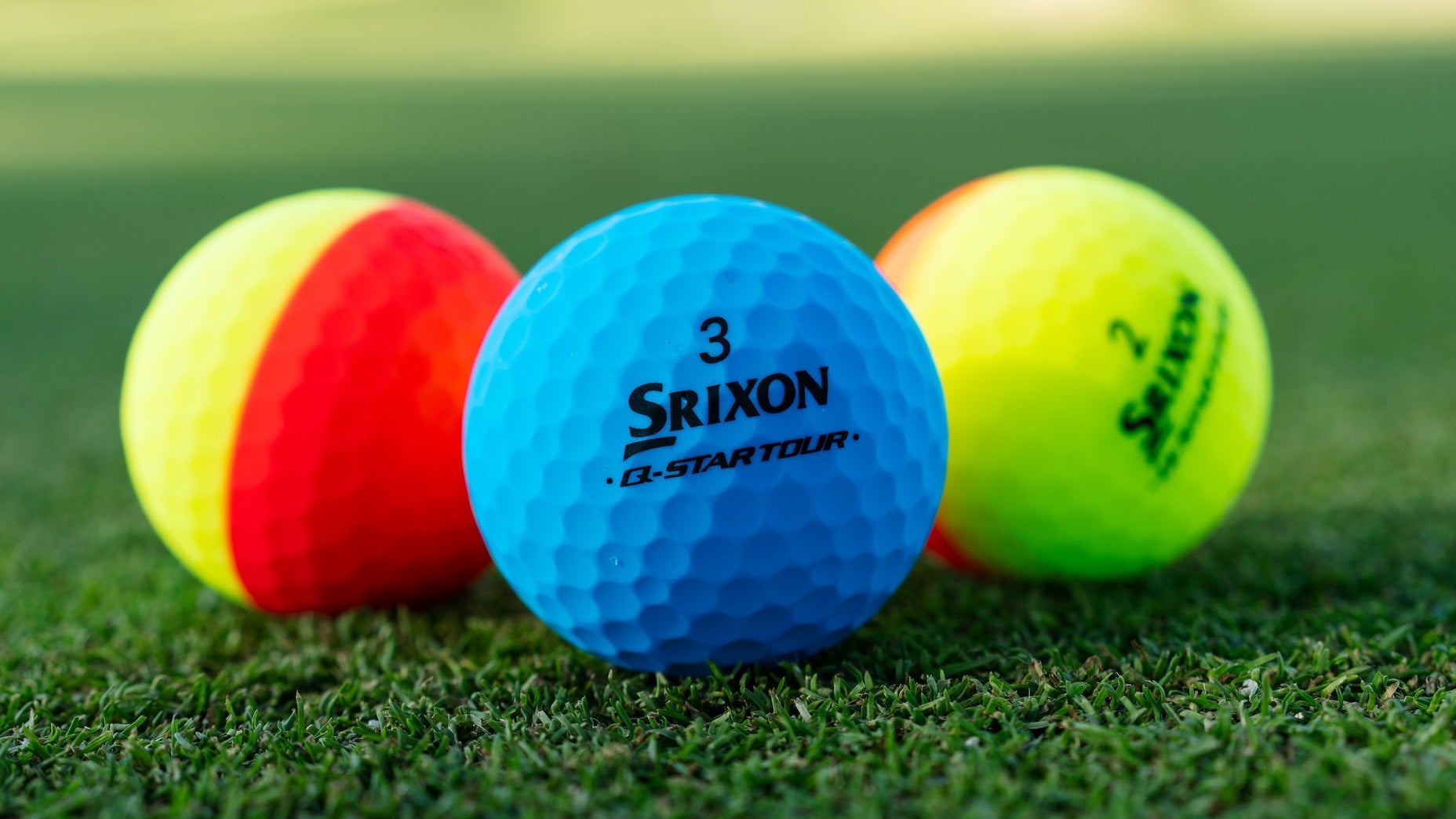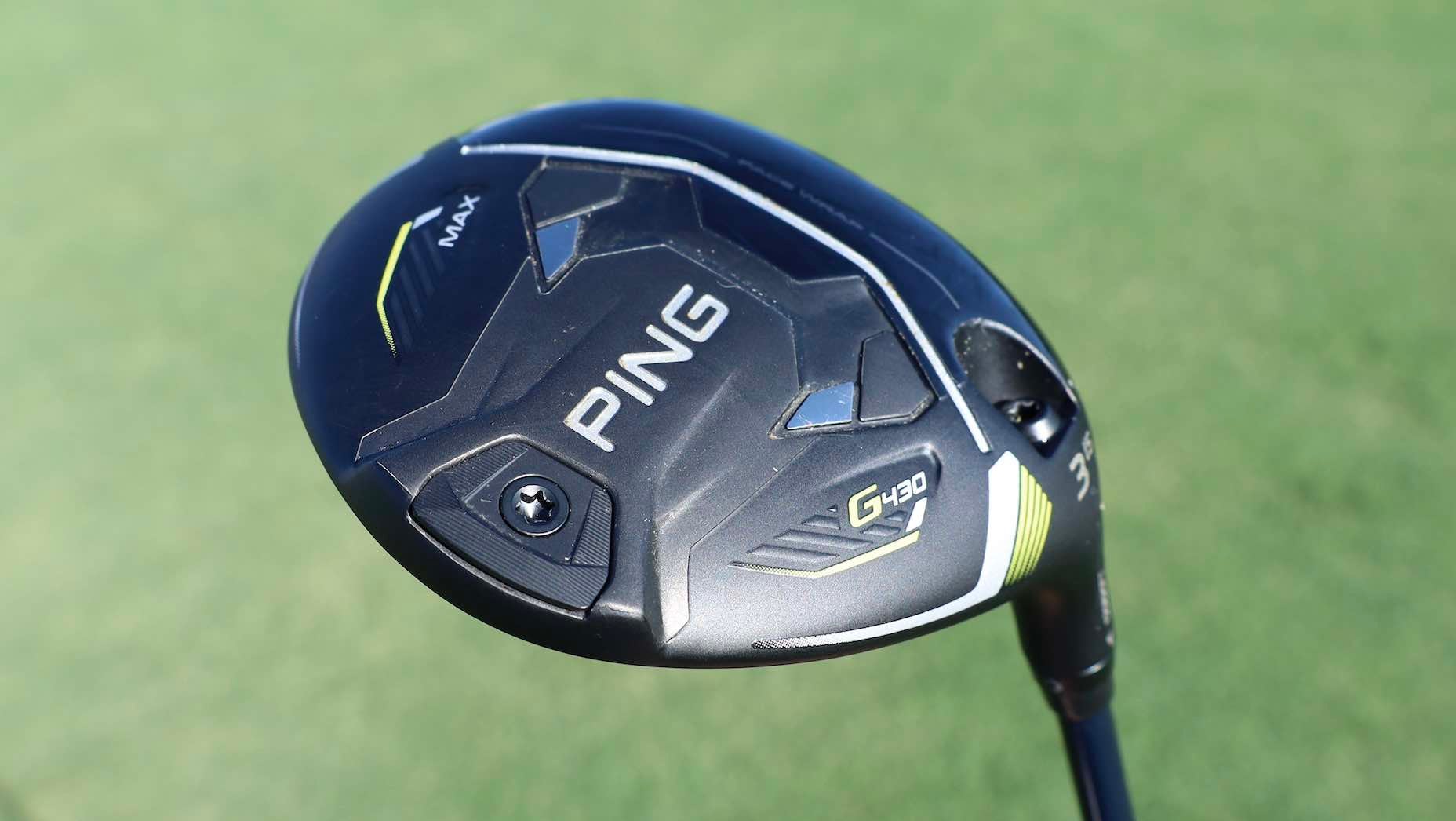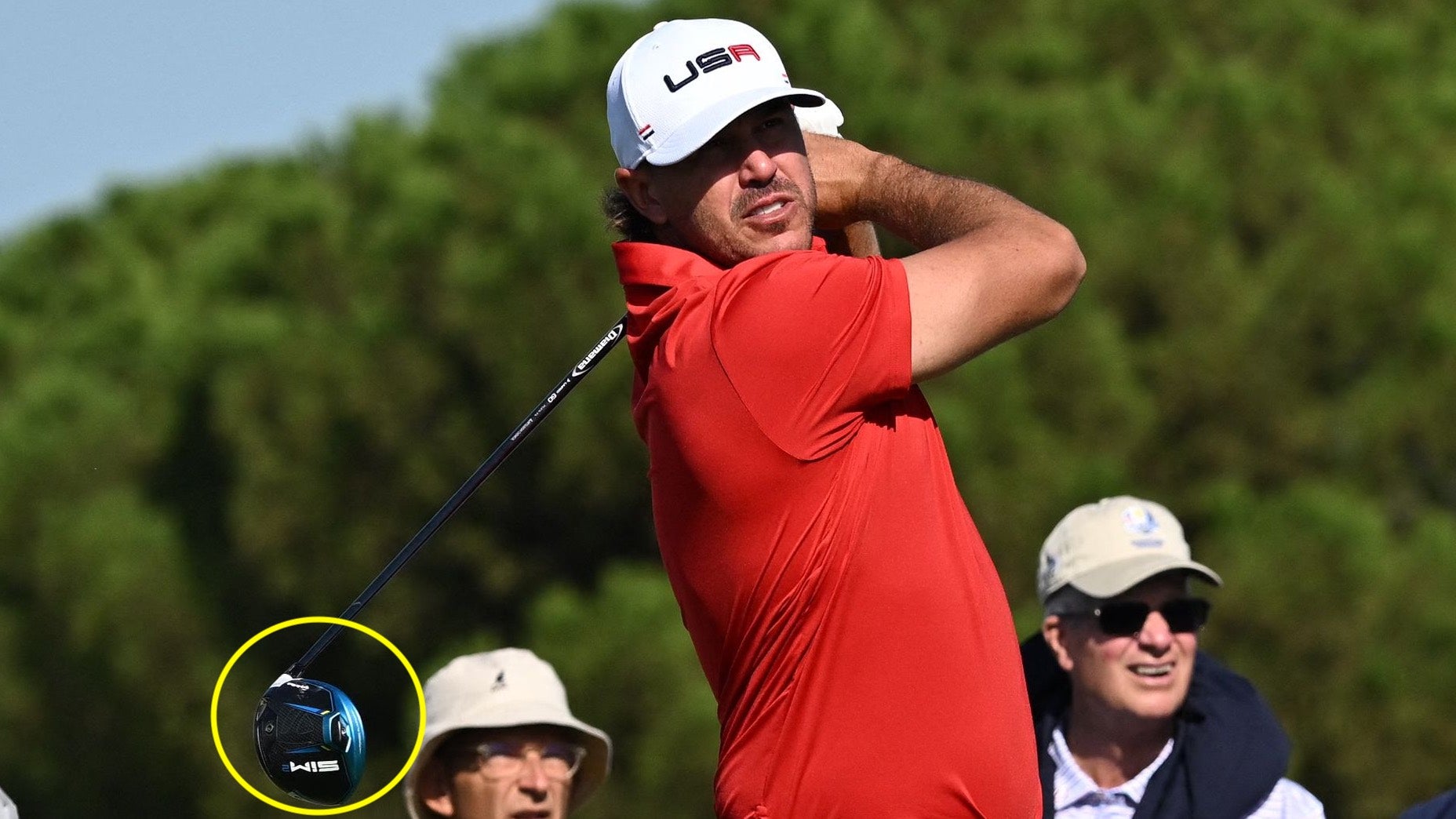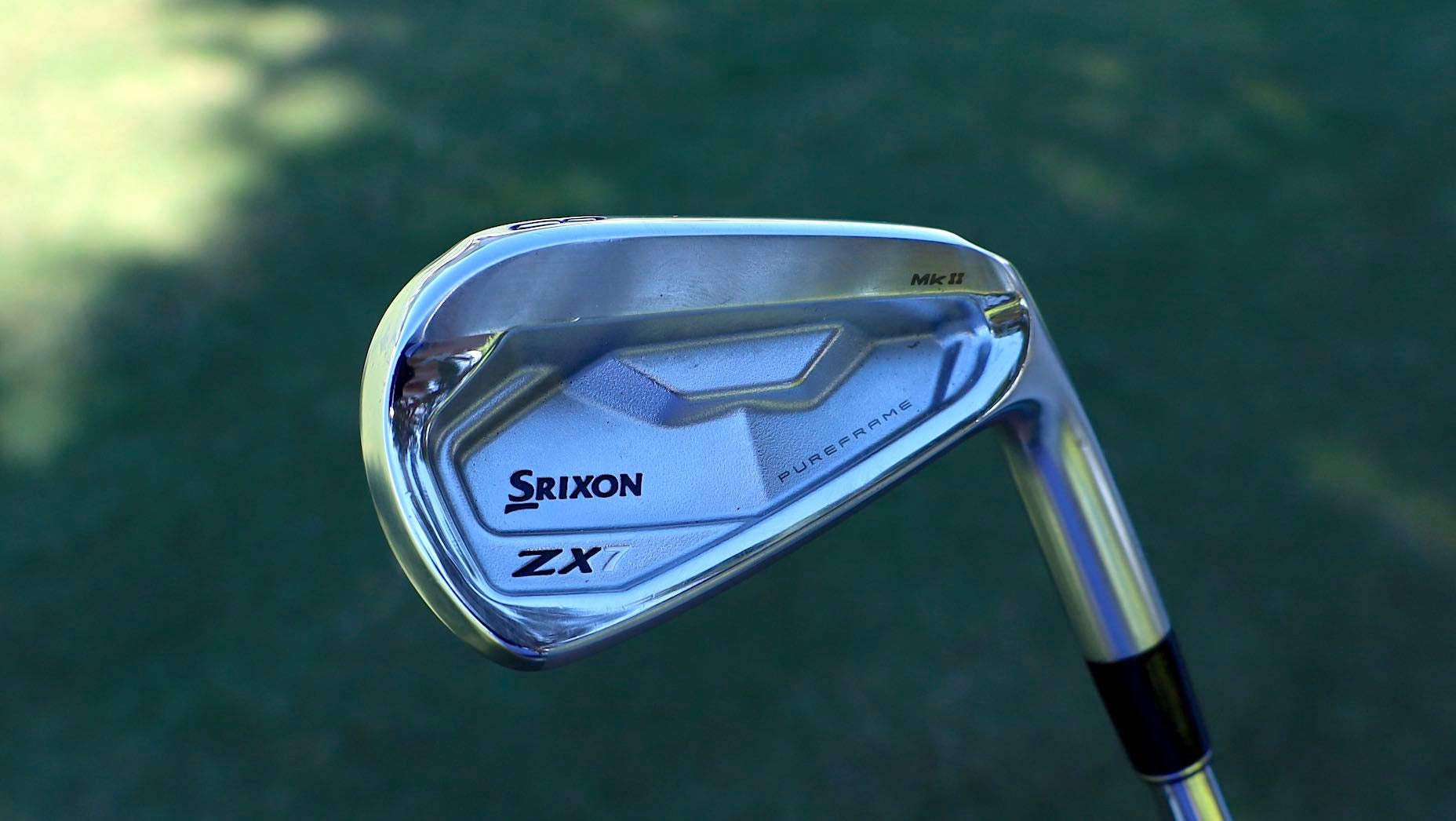How long do golf clubs last? | Gear Questions You’re Afraid to Ask
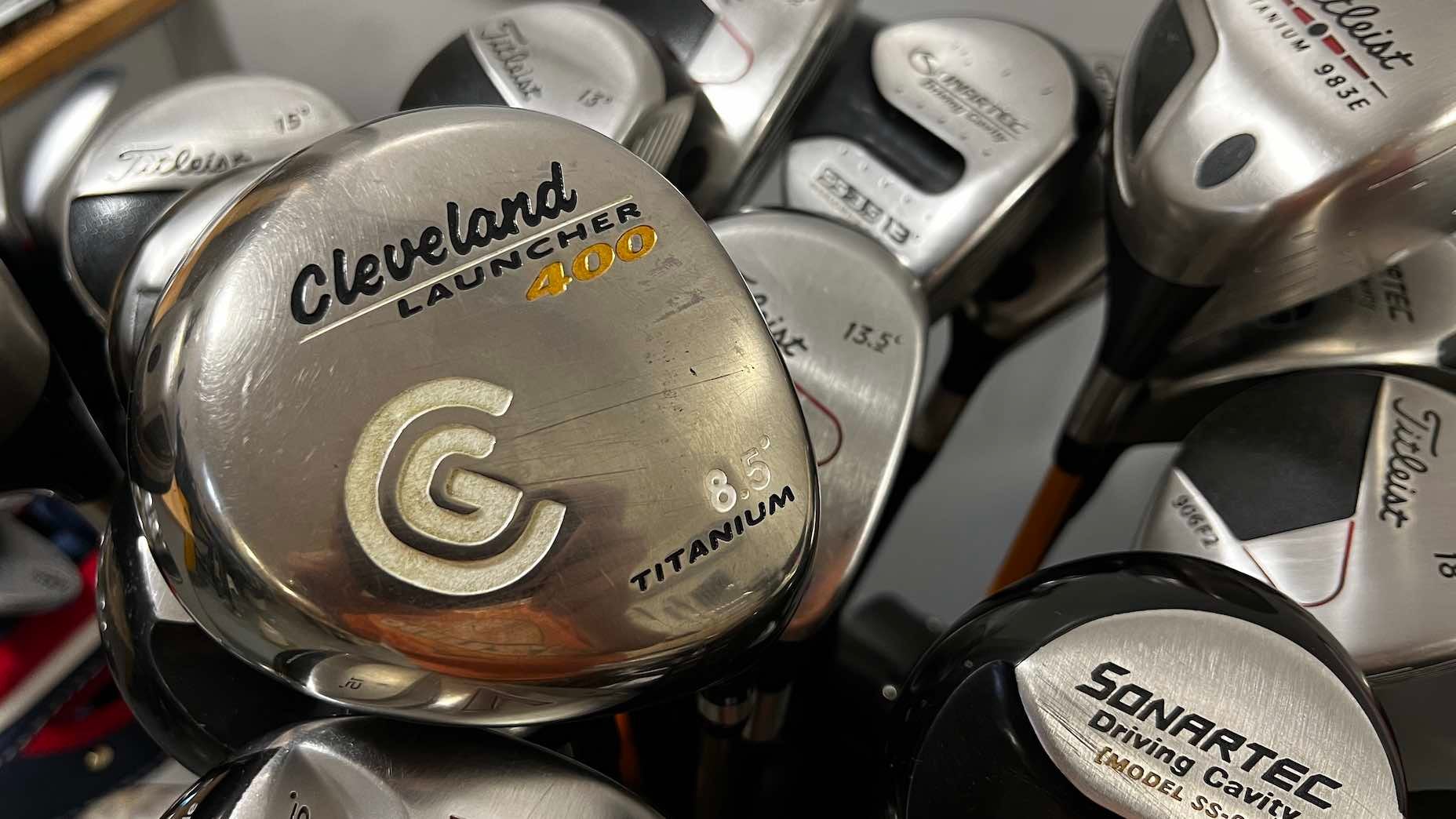
Is now the time for a new driver?
GOLF
Welcome to Gear Questions You’re Afraid to Ask, a GOLF.com series produced in partnership with Cleveland/Srixon Golf. This week we discuss the five-year rule and whether or not it’s something you should consider.
Is the five-year rule still a thing when it comes to golf clubs? – Rich R., Texas
For those reading this edition of GQYATA who have no idea what the 5-year rule is, here’s the scoop: Rich is referring to an unofficial rule of thumb that says after five years, you should be on the lookout for some new clubs to maximize performance.
Here’s why:
After five years, not only have your clubs been subject to ample wear and tear, but they’ve also been bested by a few new iterations of technology that have superseded the performance of your current set. It’s also important to remember that a lot can change with your golf swing in 5 years too.
And…that’s it.
Seriously though, the 5-year rule is generally a good one, but it’s not the same for every club in the bag. And even though a five-year window can sometimes indicate a huge leap in tech, you’re much better off buying new equipment when and where you need it, as opposed to buying gear on an incremental basis.
If you’re still unsure about when the right time is to buy some new gear and you’re looking for some guidance, we’ve put together a list below to help you. But remember, these are merely guidelines and our personal suggestions. You should be the arbiter for when it’s time to buy new stuff—not us. Nonetheless, hope the below help guide you:
Drivers
If you listened to the way drivers were marketed, you’d assume gigantic gains in distance and accuracy were in order every single year. The reality is, most drivers come with modest gains over previous iterations, not huge leaps. There may be a unicorn every now and then that shakes up the market and brings something new, but the inclination to buy a new driver every year only because it’s “new” probably isn’t a great idea. You should consider a new driver if you feel your current gamer is holding you back and/or you want a new driver that does something your old one doesn’t do. We’ve seen tour professionals use driver models that are several years old, favoring familiarity and predictability over the latest in new technology. It’s up to you to decide what you want the most. When to buy: every 2-3 years.
Srixon ZX5 MKII, ZX7 MK II and ZX5 LS MK II Drivers
Woods/Hybrids
We think woods have an even longer shelf life than drivers do, but that doesn’t mean you shouldn’t keep your eyes peeled for something new because they seem to get easier and easier to hit. We also think it’s a good idea to have at least two sets of fairway woods and/or hybrids—giving you the option to swap in a higher or lower-lofted model depending on where you play. When to buy: every 3-4 years.
Irons
Irons typically last the longest in our golf bags because 1) they’re usually the biggest expense and 2) made of hardened steel and are designed to take a beating. But if you play 30+ rounds a year, the 5-year rule becomes more of a reality. Iron technology does advance, especially in the game improvement category, and a five-year span is typically a pretty good window to see some big changes in how long and/or forgiving a new set will be. It’s also enough of a window in case you’re a player on the rise and you’re in the market for something that better suits your increase in skill, swing speed, etc. And lastly, five years of driving range balls, hundreds of rounds and general wear and tear may be all your grooves can handle. When to buy: every 4-5 years.
Srixon ZX4 MK II, ZX5 MK II, ZX7 MKII and Z-Forged II Irons
Wedges
No clubs take as much of a beating as wedges do. They’re the clubs you use in sand, in deep rough, and pretty much anywhere you need to get the ball back in play. And while we aren’t saying you should buy new wedges every year (you most certainly can if you want to), it’s best not to wait more than two years to swap in a couple new wedges to keep your grooves and clubfaces clean and sharp — especially your highest lofted wedge that sees the most use. One trick to prolong the life of your wedges is to hang onto your older set and use them for practice to reduce wear on your new ones. When to buy: every two years.
Putters
This is the one part of your bag where anything goes. Some golfers love collecting putters while others look at putters as some sort of holy grail quest. Wherever you stand on the scale, you should, at the very least, hold onto a new putter for at least one full season before you find something new. And be sure and get fit for the right model.
For those of you on the other side of the spectrum who have been using the same flat stick for decades now—we don’t want to sway you, but at the very least keep an open mind. Today’s putters are not only meticulously crafted but they’re packed with technology to add forgiveness and improve consistency. It might be worth an upgrade if you’re hanging onto something older than 10-15 years and missing a lot of putts. When to buy: whenever you want .
Bonus: Golf Balls
Some assume that a golf ball can withstand 6-7 rounds of golf before it starts wearing out and performance starts to degrade. We find that a bit hard to believe and contend that a golf ball will last longer than that and will perform as it should until you finally lose it (barring any major scuffs, cracks or other damage that could occur on the golf course). More consequential to the lifespan of a golf ball is how you store them. When stored at room temperature in a dry environment, it’s safe to expect a golf ball to last many years (at least 5 or more), but if you store your golf balls in something like your trunk or in a hot, damp garage where temperature and humidity frequently changes, your golf balls will degrade much faster. When to buy: only buy golf balls that you plan to use, not store.
Want to overhaul your bag for 2023? Find a fitting location near you at GOLF’s affiliate company True Spec Golf. For more on the latest gear news and information, check out our latest Fully Equipped podcast below!

